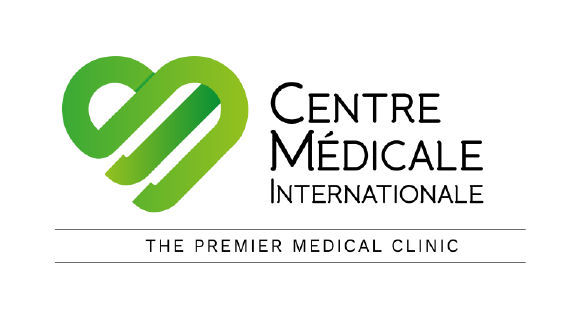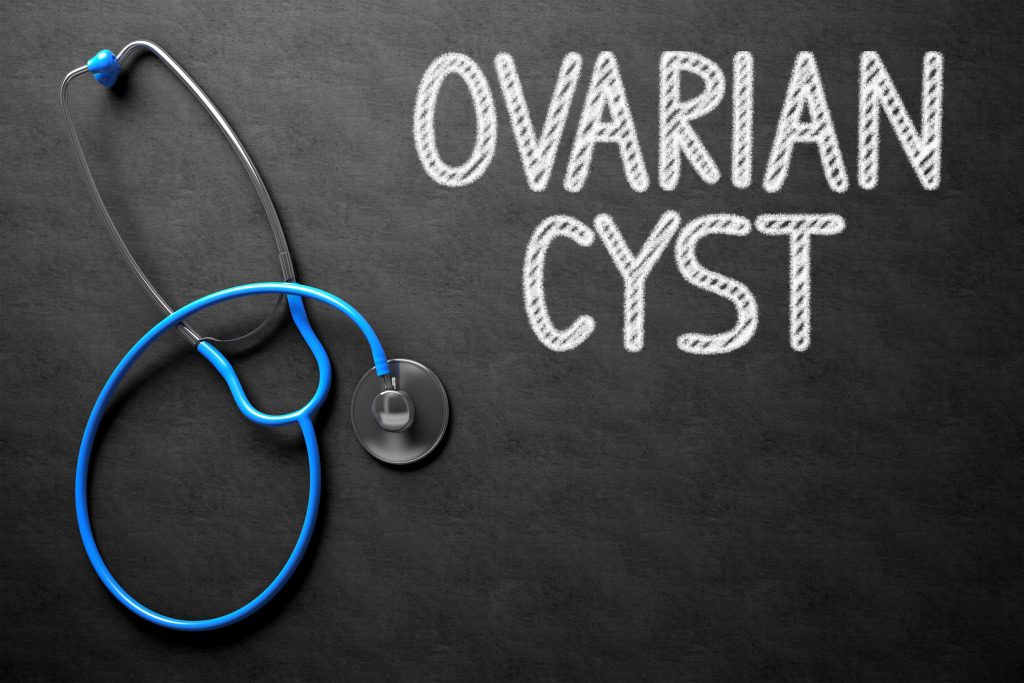Understanding Ovarian Cysts
Understanding Ovarian Cysts
By Dr. Nina Bravo
Ovarian cysts are fluid filled sacs found in the ovary. It can be a manifestation of different conditions, depending on the age of a woman. Women in their reproductive age usually have two types of benign (non cancerous) cysts: Follicle cysts and Corpus luteumcysts.
During the normal menstrual cycle, women form a follicle containing the egg. The follicle breaks once the egg matures. If it doesn’t break, it grows to form a follicle cyst. These cysts usually go away in one to three months and do not cause any symptom. On the other hand, if the follicle reseals after the release of the egg, fluid will build up and transform into a Corpus luteumcyst. Corpus luteum cysts disappear after a few weeks, but it may cause symptoms such as bleeding and lower abdominal pain.
Other types of cysts are Endometriosis, Dermoid and Cystadenoma. Endometriosis forms when the lining of the uterus is implanted outside of the uterus. Dermoid cysts are a bizarre type of cysts which contain different layer of tissue such as hair, teeth and bone. They are usually present since birth.
In some women, the ovaries make many small cysts. This is called Polycystic Ovary Syndrome (PCOS). PCOS can cause problems with the ovaries and with getting pregnant.
Post menopausal women, rarely get ovarian cysts. It is important to rule out cancer for women in this age group. If there are any incidental findings of an ovarian cyst in a postmenopausal or elderly woman, it is imperative to consult a doctor for further work up.
Most ovarian cysts are small and don’t cause symptoms. If it does, you may have pressure, bloating, swelling, or pain in the lower abdomen on the side of the cyst. This pain may be sharp or dull and may come and go. If a cyst ruptures, it can cause sudden, severe pain. If a cyst causes twisting of an ovary, you may have pain along with nausea and vomiting.
Less common symptoms include pelvic pain, dull ache in the lower back and thighs, problems emptying the bladder or bowel completely, pain during sex, unexplained weight gain, pain during menstruation, unusual vaginal bleeding, breast tenderness, and needing to urinate more often.
There are several options in treating ovarian cysts. It depends on each case of the patient. Treatment can be medical (oral contraceptive pill) or surgical removal.
It is important to consult with your doctor if you have the above mentioned symptoms. Be diligent in doing close follow-up with our Gynecologist at the Centre Medicale Internationale, for a stress free monitoring of the behavior of the ovarian cyst.
Schedule your appointment today by calling us at 02. 8812. 1CMI | 02. 8816 .1035 – 36 or email us at experience@cminternationale.com





